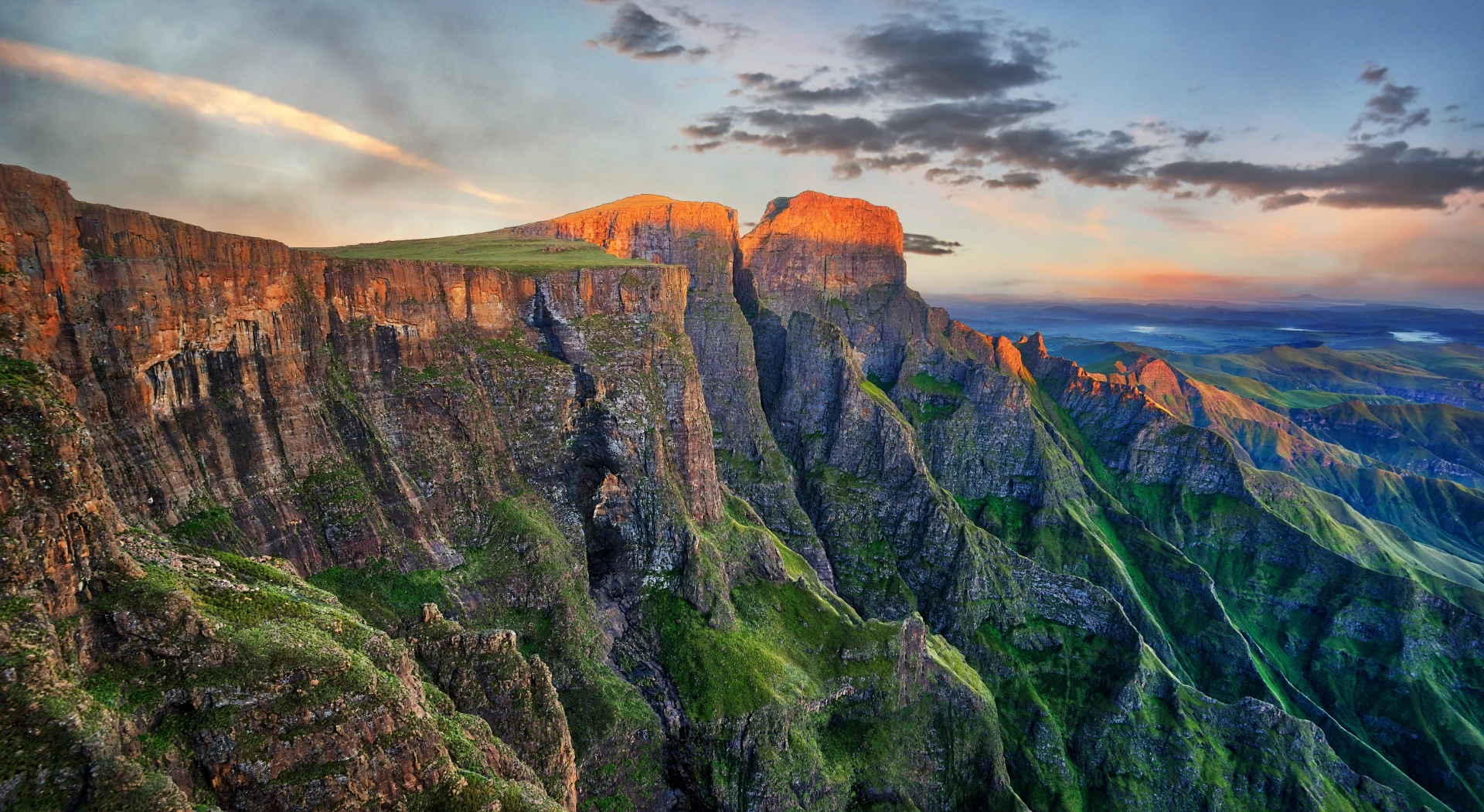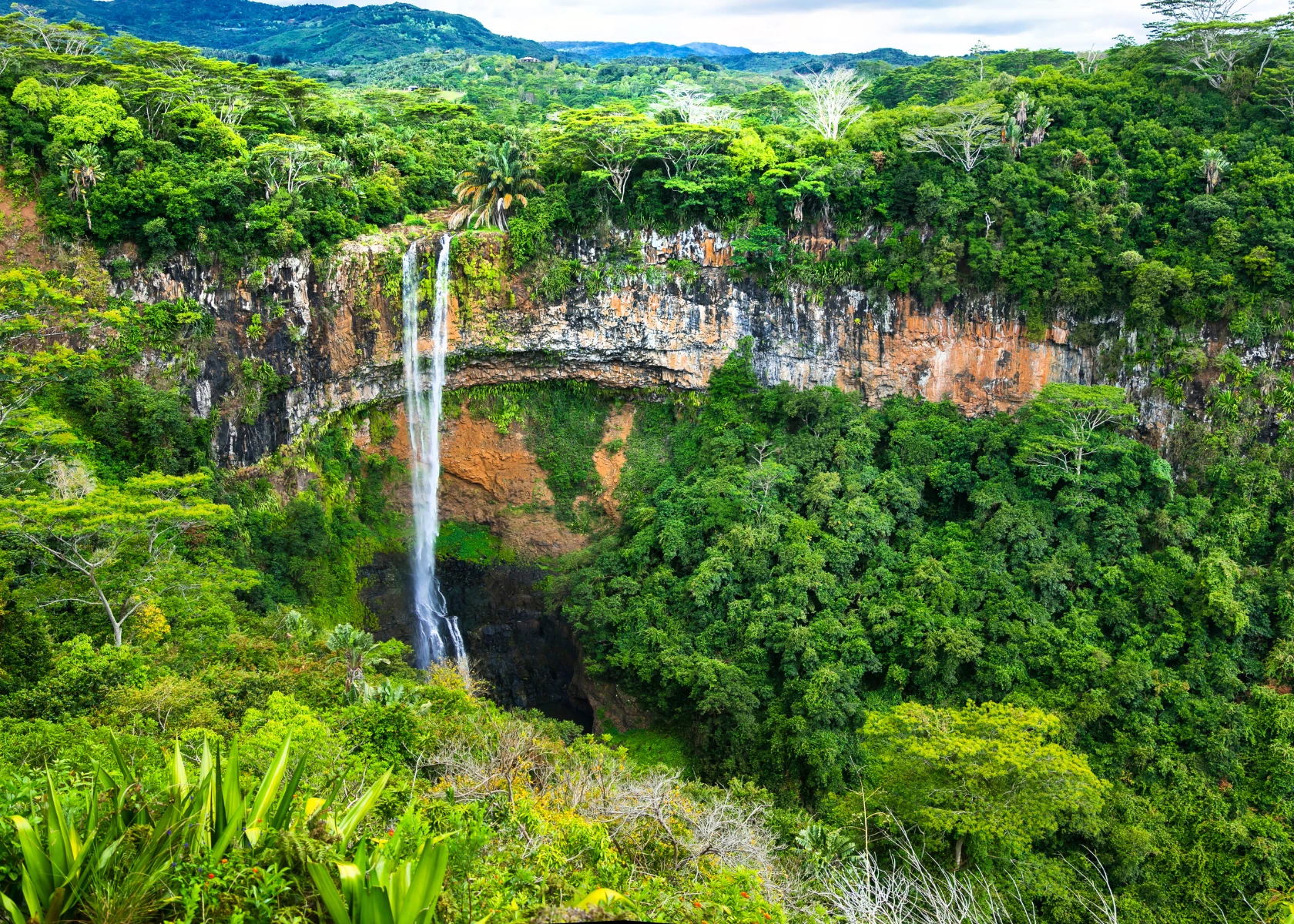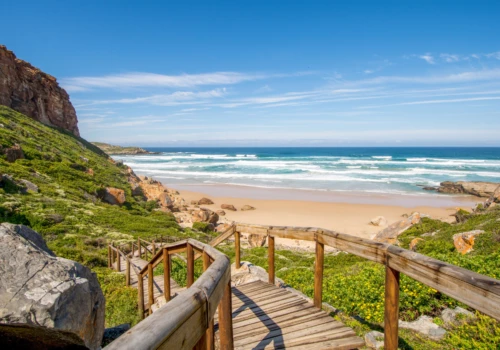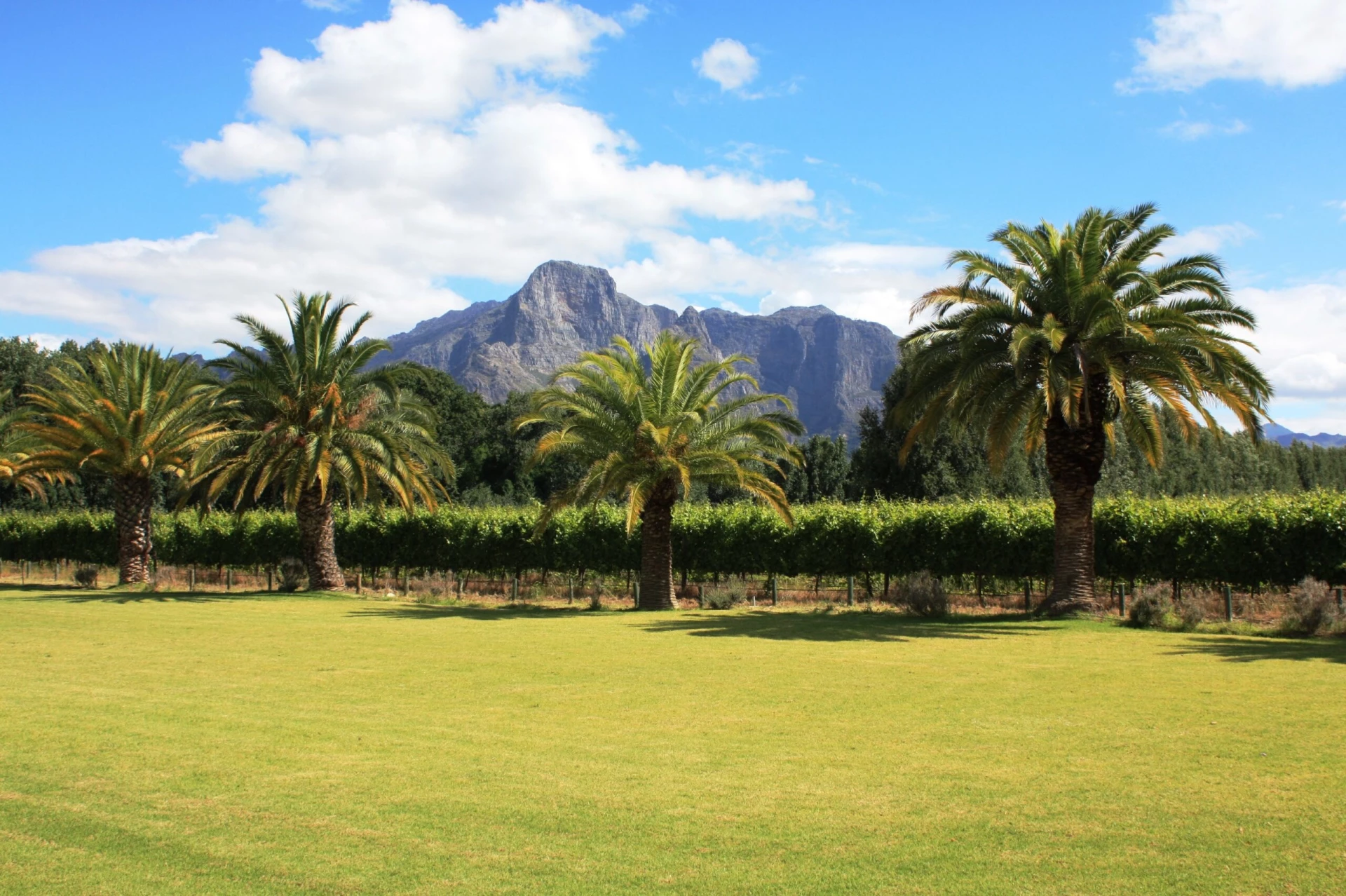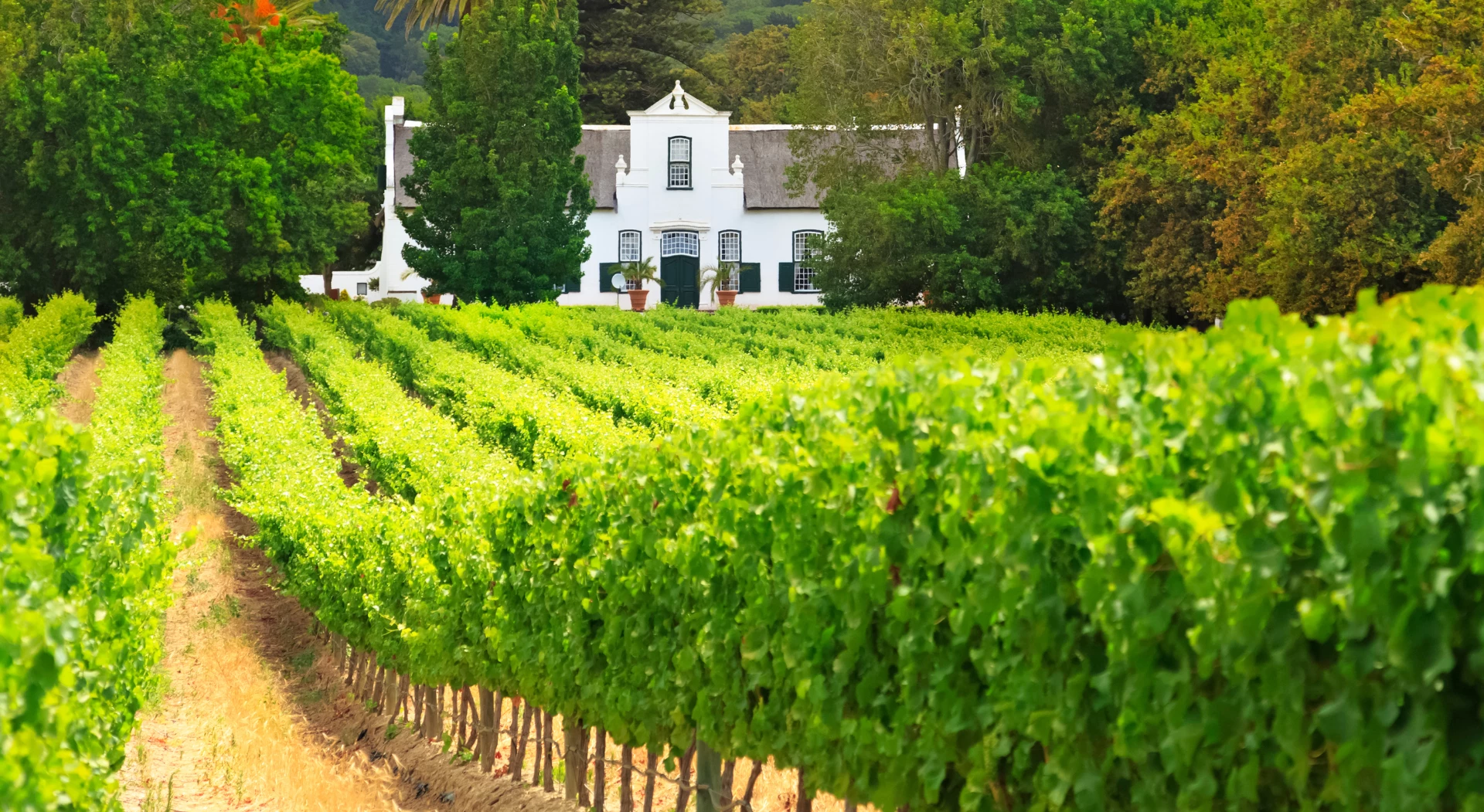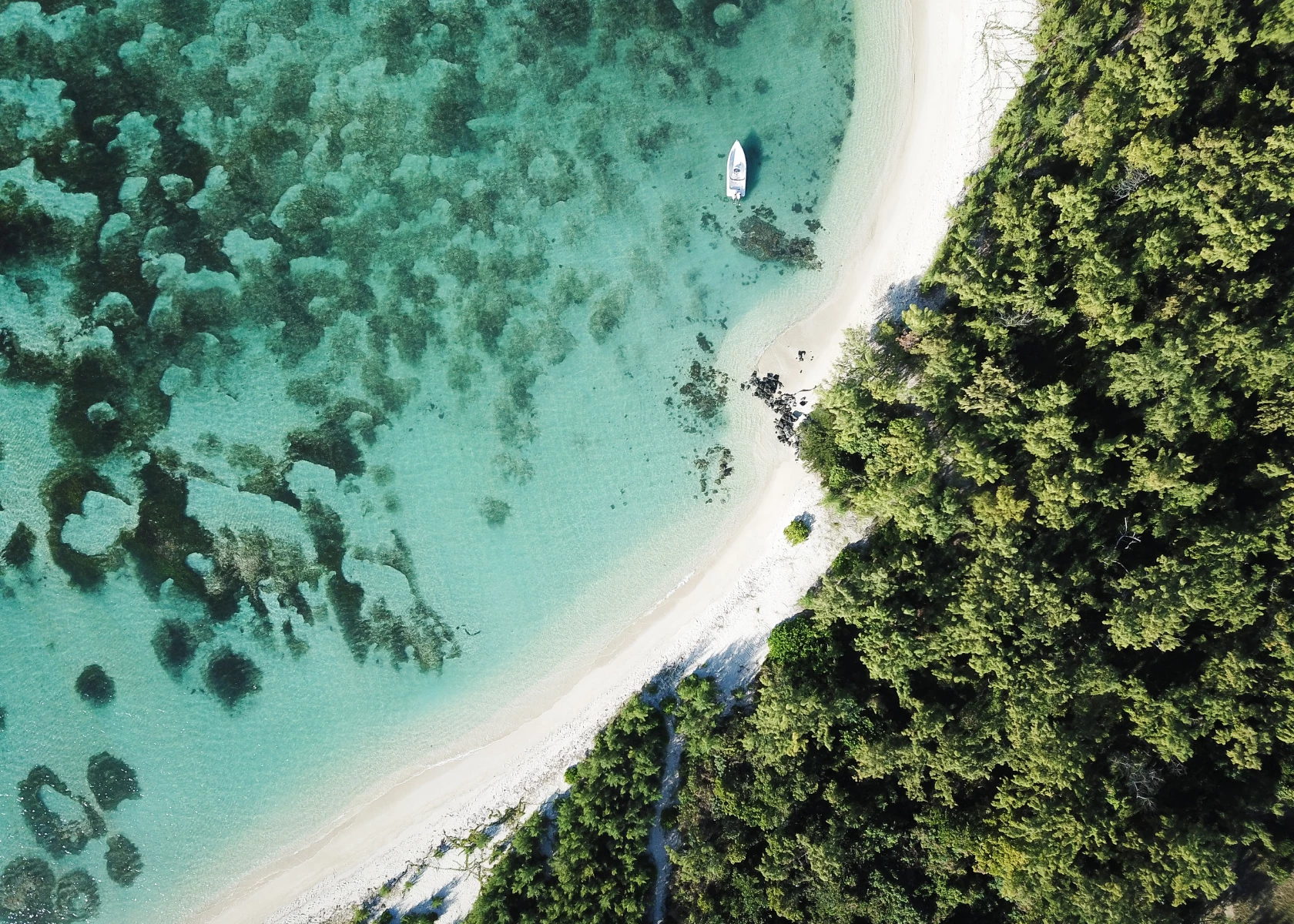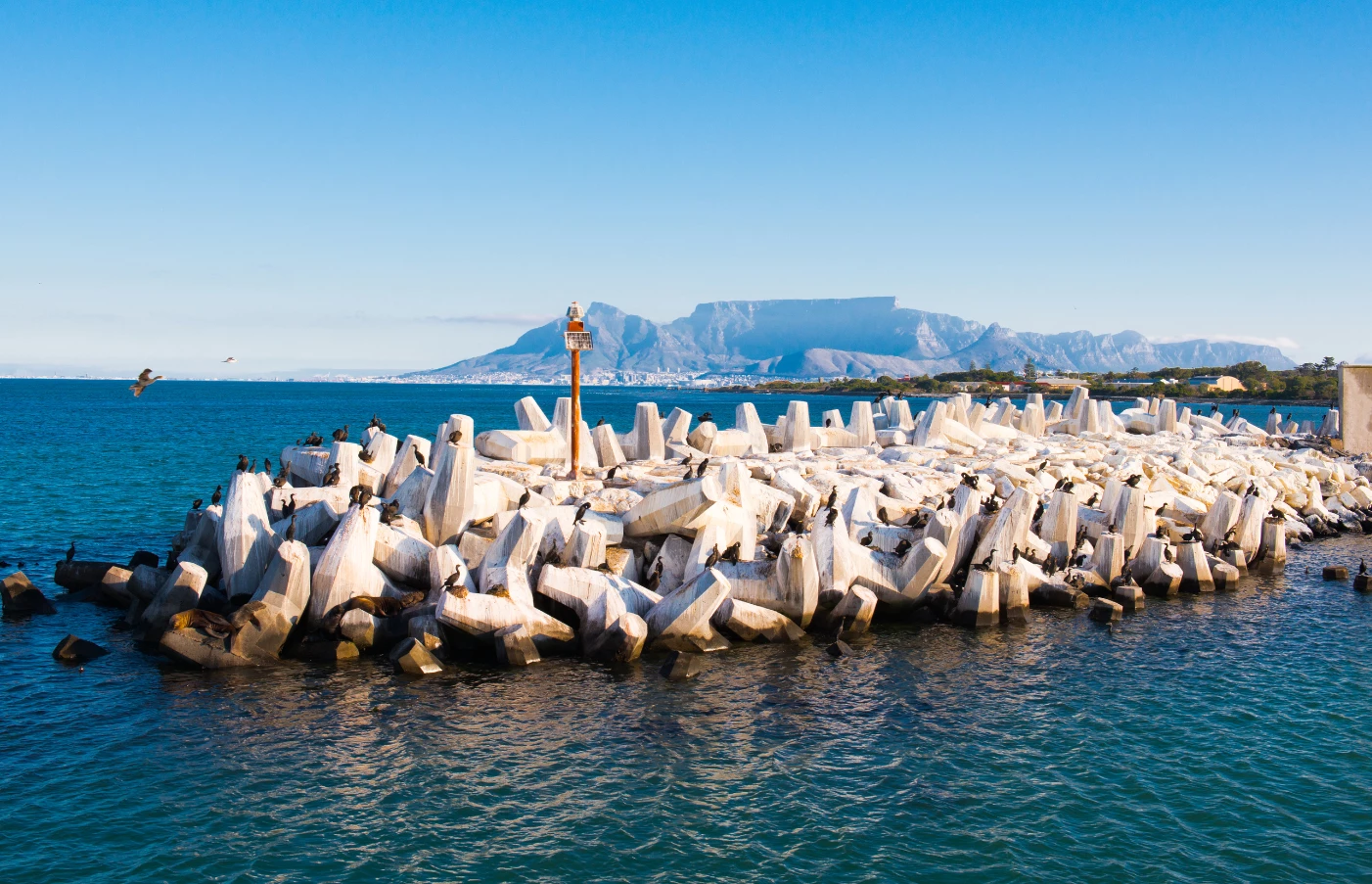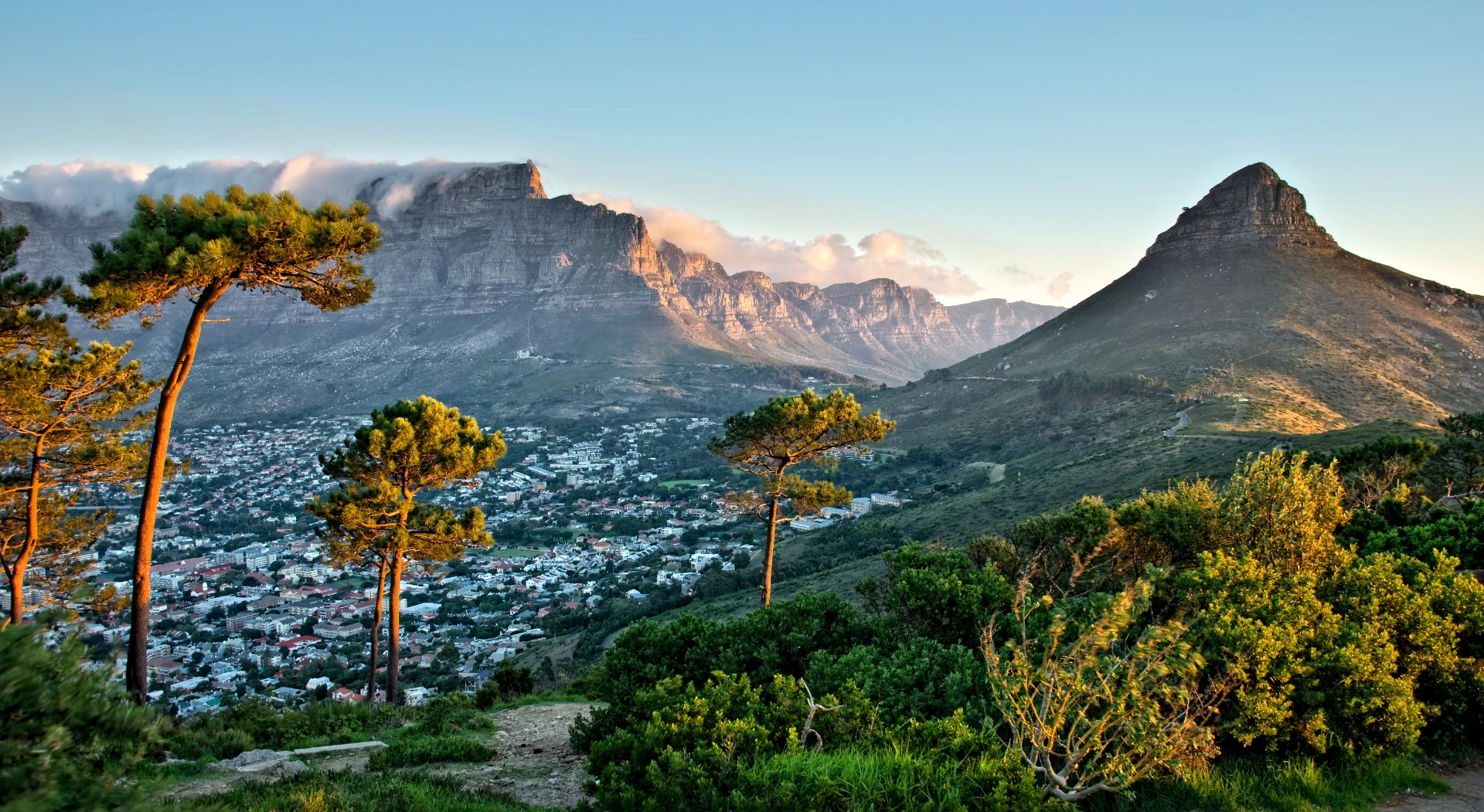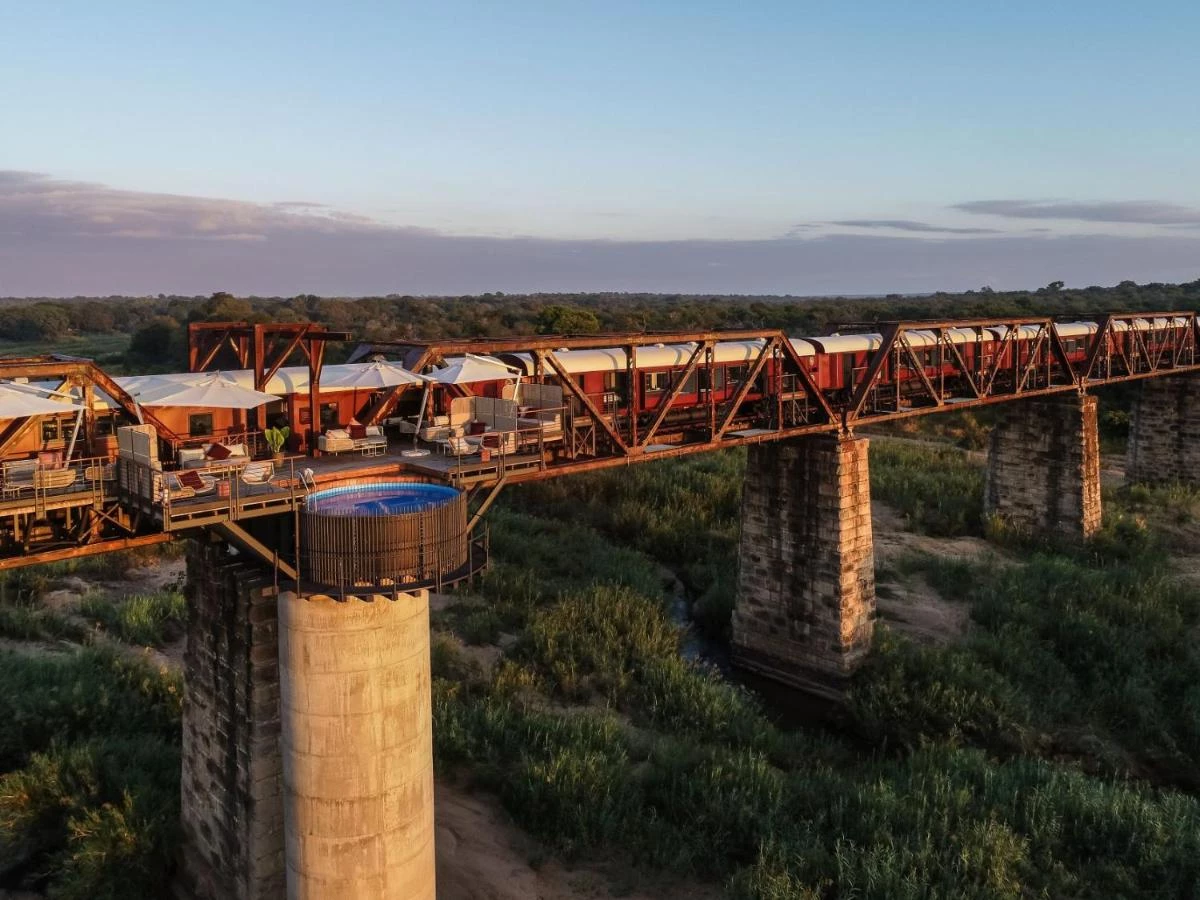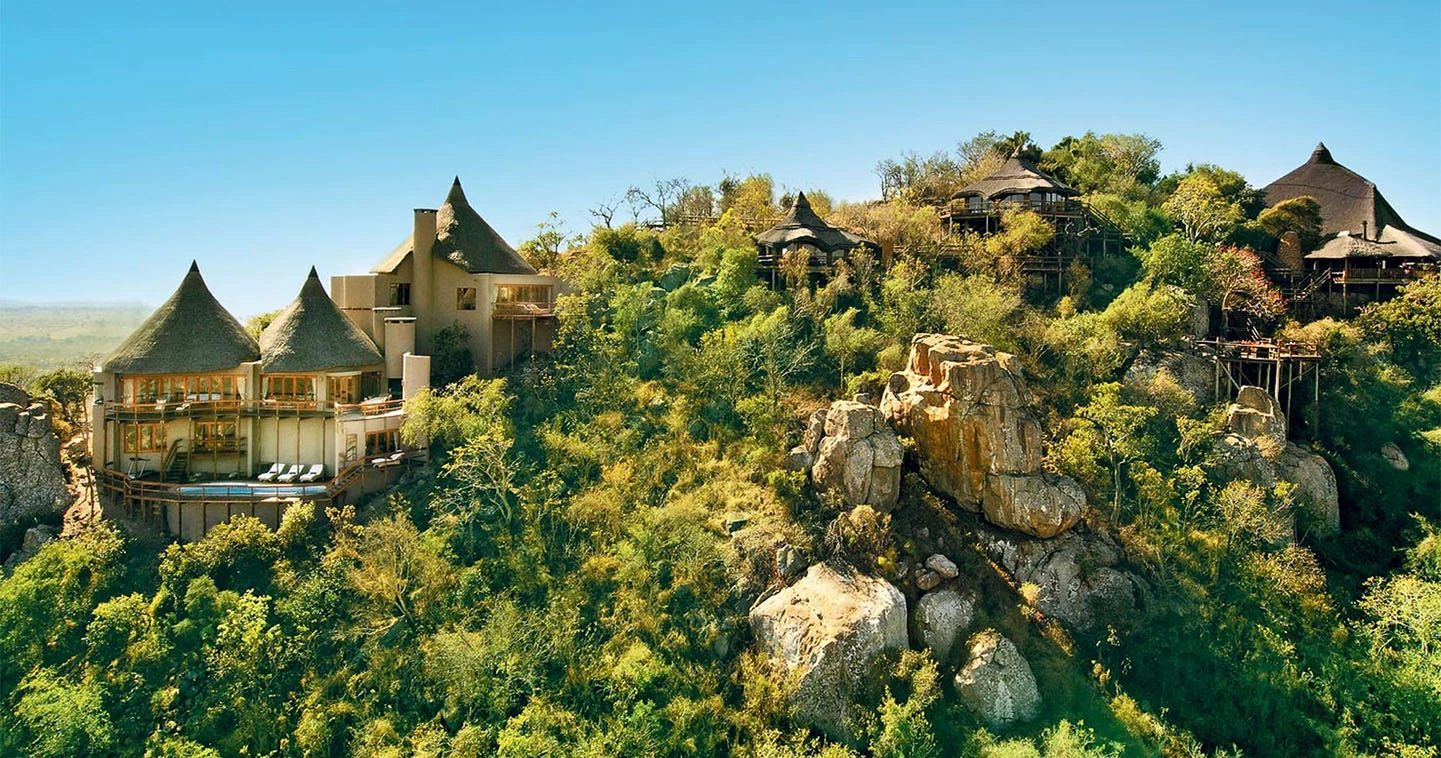Table Mountain, the iconic and majestic centerpiece of South Africa's Cape Town, provides a stunning backdrop to one of the continent’s most beautiful cities.
Before visiting Table Mountain, get acquainted with its unique geography, history, and culture – all of which will help you make the most out of your unforgettable visit.
The history and geography of Table Mountain
Table Mountain has a long and fascinating history – it is believed to be 300 million years old, making it one of the oldest mountains in the world. Its unique geography provides an exciting variety of hiking trails and spectacular views of the city below; while its cultural heritage is deeply rooted in the local tribes, with whom you can connect by visiting some of the favorite spots on the mountain.
Knowing the history of Table Mountain is important for getting an appreciation for the age and beauty of its landscape. Table Mountain was declared a UNESCO World Heritage Site in 1999, recognizing it as one of the oldest mountains in the world. The unique geography is also worth exploring, with its steep sheer cliffs creating stunning views of Cape Town below – while making it great fun to scramble up. Finally, culture and heritage come to life through various activities such as hiking ancient trails used by some local tribes or visiting spiritual sites on the mountain, like historic gravesites or former pagan ceremonies. Each activity gives a great insight into the vibrant cultural customs of locals which make Table Mountain truly special.
With a deep history stretching back to the time of the Khoisan, Table Mountain is one of the oldest geographical features in the Cape. The indigenous people hold it in high spiritual and cultural regard, with stories and legends telling that it was formed by a giant petrified to stone. Later, when Dutch settlers came to the area and named it ‘Cape of Good Hope’, they referred to Table Mountain as ‘Tafelberg’ which translates to “Table Mountain”.
Not only did they use it as a navigational landmark, but they also quarried sandstone from its face. With more European settlers and travelers attracted to the mountain during the 18th and 19th centuries, a proper hiking trail was eventually established, followed by the first cableway built for easy access to its summit. In 1929, the Table Mountain Aerial Cableway opened for public use; offering passengers amazing views of its surrounding areas due to rotating cars – a feature that has continued throughout subsequent upgrades.
How to visit Table Mountain
Before even thinking about planning your trip to Table Mountain, make sure you’ve checked the weather so that you can make the most of your visit. If it is a warm and sunny day, it may be worthwhile to spend some time at the mountain’s summit for spectacular views and photo opportunities. However, if it is cloudy or cold, then heading down into the lower-lying areas such as The Wood Trail will afford you some shelter from the elements. Whichever option you choose, don’t forget to take safety precautions and bring plenty of water with you.
Hiking Table Mountain is an unforgettable experience. It will take you up through a range of landscapes, from grassy slopes to gorgeous indigenous forests and rivers. The path you will travel often goes over cliffs with intense drops, so be sure to keep your wits about you and stay on the marked pathway. You will also come across a variety of wildlife on your journey such as birds, baboons, antelopes and even the odd leopard if you’re lucky enough, though they tend to be in the wider national park than atop the mountain! Your journey up Table Mountain isn’t one that just stands out in terms of conservation value – it’s guaranteed to be an incredible adventure.
If you don’t fancy taking on the wild terrain and more arduous strolls to the summit, you can always take advantage of the incredible cable car ride. Enjoy a six-minute journey up Table Mountain for some of the best views Cape Town has to offer. Once up top, experience the thrill of walking over the flat plateau or hiking down by another route at your own pace – it’s entirely up to you. Before heading back down make sure to check out some of the incredible trails which will take you around Table Mountain National Park and give you chance to snap some beautiful pictures along the way.
We Suggest...
South Africa and Mauritius
Tailor-MadeThis journey begins in Cape Town, a city quite unlike any other in Africa. Its architecture features beautiful buildings. Its table-shaped mountain has stunning views towards the point where the two oceans meet. You’ll also visit Stellenbosch and Franschhoek, towns...

The views from Table Mountain
Table Mountain is renowned for its stunning scenery, especially near its 1,086-metre summit. There’s no view quite like it from the plateau, with sweeping views of Cape Town, the surrounding ocean and the lush greenery below. If you want to get the most out of your visit to Table Mountain, then make sure to head up to the top if you can – especially during afternoons when the sun is setting and casting mirror-like reflections on Table Bay.
But Table Mountain is much more than just scenery. While you’re taking in the views, be sure to remember to look out for the wide variety of species living on and around the mountain, including indigenous plants and birds that call this ancient peak their home. There are also several activities for nature lovers and, as mentioned, Table Mountain is a great place for hiking, mountain biking and rock climbing. So be sure to take some time out from admiring the views to get closer with nature too.
Before you visit Table Mountain, make sure to familiarize yourself with some of the local landmarks nearby. Take a moment to get acquainted with the Three Apostles on the Atlantic side and Devil’s Peak on the other side. On clear days, you can also see Signal Hill as well as Robben Island – definitely worth checking out. If you’re up for a challenge, check out some of the more difficult hiking trails which offer spectacular views of the city while providing an exciting adventure.
Spending time at Table Mountain means you’ll come across a range of spontaneous wildlife encounters. There’s an exclusive catch-and-release program that allows visitors to observe various species of lizards and snakes, such as the girdled lizard and South African Dispholidus. While birdwatching is popular here, be sure to bring along a pair of binoculars and a guidebook about the different species of birds in the area—there are more than 130. It’s also worth noting that no overnight hikes up the mountain are allowed, so if you plan on visiting for an extended trip or want to visit multiple times then staying in Cape Town is a must.
What else to do in Cape Town
Aside from Table Mountain, there are plenty of other things to do in Cape Town. Check out the beautiful beaches, take a historical tour around the city, and indulge in some of the amazing local cuisine. End your day with an entertaining night out or simply admire the stunning views of Table Mountain at sunrise or sunset. There is something for everyone in South Africa’s most gorgeous city!
With glorious beaches, buzzing nightlife and world-class restaurants, the Cape Town region offers holidaymakers plenty of activities to enjoy. The beach towns of Blouberg and Camps Bay provide great access to Table Mountain, in addition to being hotspots for water sports such as kite surfing and paddle boarding. For a more cultural experience spend a day in quaint Hout Bay, take a historical tour around the city and explore Stellenbosch or Franschhoek – two famous wine regions nearby. Whatever your preference, Cape Town is sure to leave you with an unforgettable experience.
